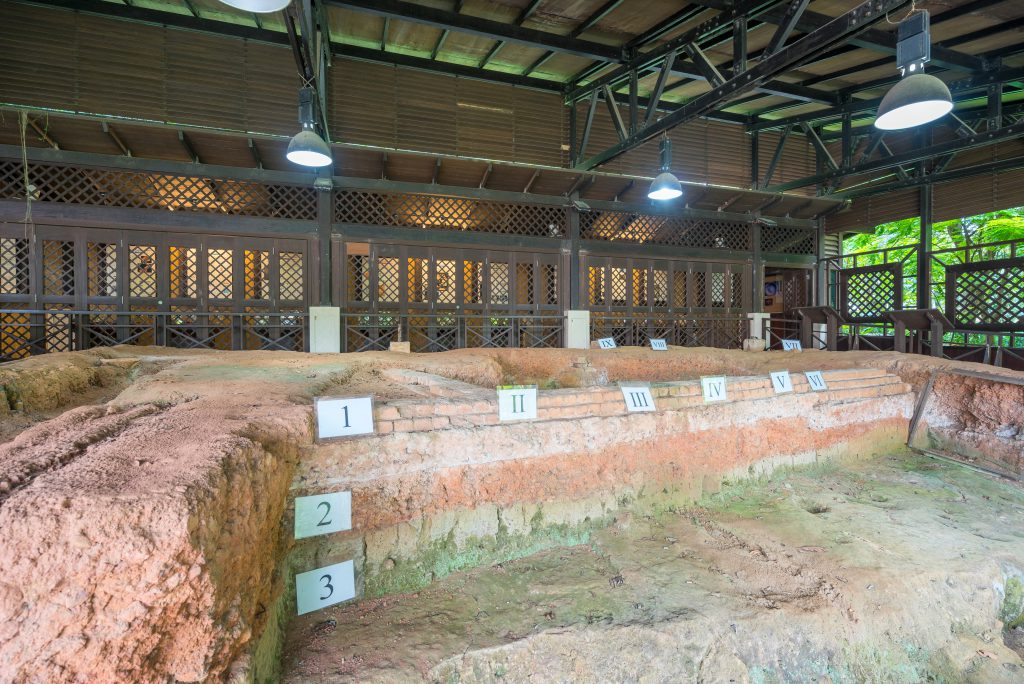700 years of history presents a wealth of culture and artefacts: Fort Canning
August 7, 2019

In line with Singapore’s upcoming National Day celebrations and the ongoing Bicentennial commemoration this year, The Straits Times reported on five historic landmarks that reveal parts of Singapore’s 700-year history. Among these landmarks is Fort Canning Hill.
According to Professor John Miksic (NUS Department of Southeast Asian Studies), who was interviewed by the Sunday Times, Fort Canning Hill served as the centre of Singapore in many ways, including as a palatial complex dating back to the 14th century. This was revealed through architectural remains of sandstone foundation blocks resembling those from a royal palace and the presence of a defence structure found around the palace precinct – similar to royal residences in Malacca, Aceh, and Jogjakarta. Prof Miksic also mentions that Fort Canning Hill could have served as a ceremonial centre given the discovery of a ‘temple’ on the hill by the British in 1822 which was likely of political and religious significance to inhabitants there.
Prof Miksic’s own excavation efforts at Fort Canning Hill, dating back to 1984, have uncovered countless artefacts with possible historical significance, including a high concentration of glass fragments, beads, ceramic moulds, and resins in an area now known as the artisans’ quarter. For instance, he suggests that the large quantities of small, broken beads found may have been sewn onto textiles and fabrics in the style of Peranakan beaded slippers. This meant that Peranakan culture could have started in Singapore in the 1300s. Prof Miksic had also found a 14th century Chinese porcelain compass which could have been used for geomancy.
In an effort to highlight the Fort Canning site, the National Parks Board has constructed gardens reflecting the site’s historical landscape dating back to the 14th century. These gardens include a bathing place once used by Singapura’s noble women and a royal garden featuring split gates and a reflective pool. Today, Fort Canning Park is host to the Bicentennial Experience which ends on 15 September.
Read the full article here.
